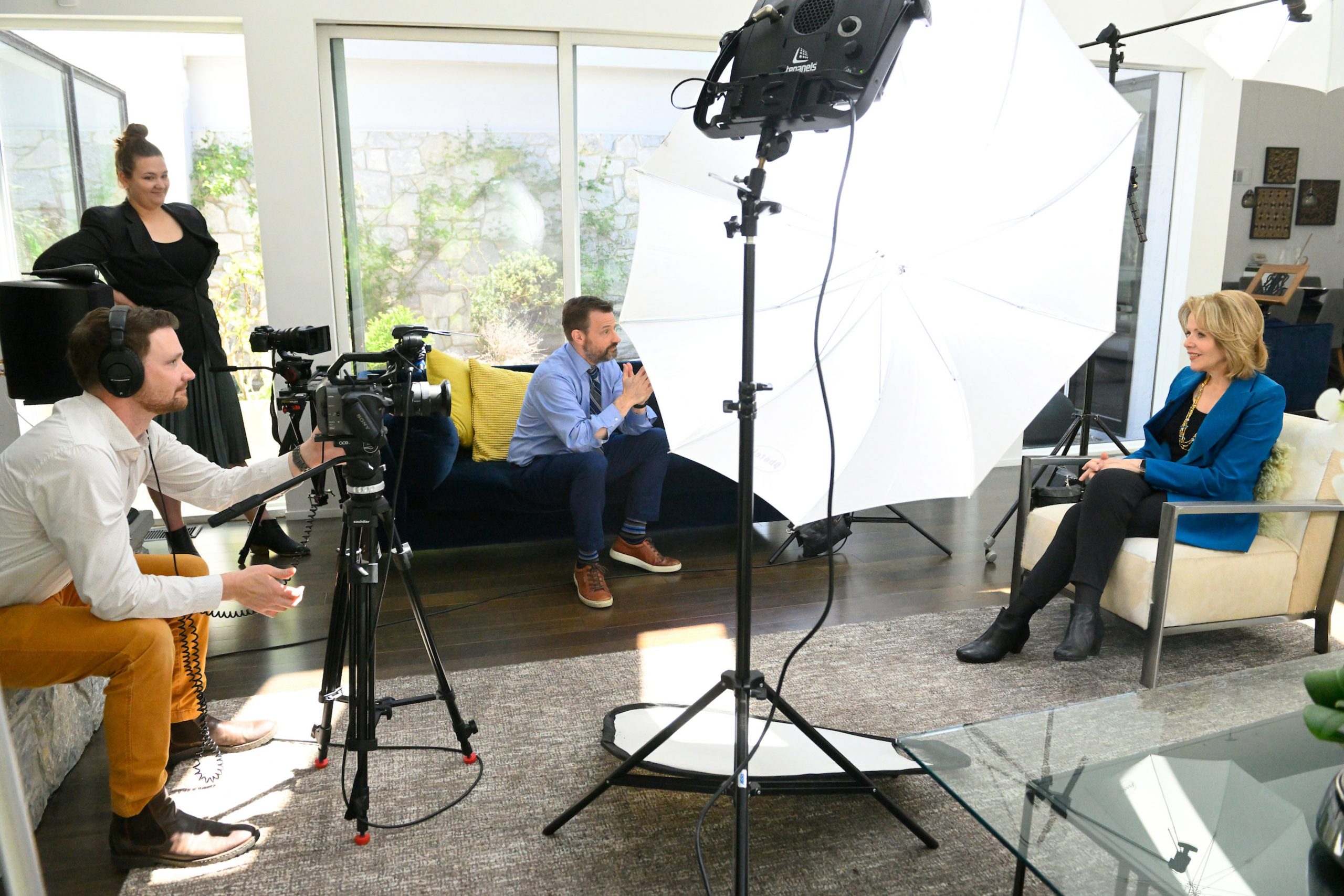
Photo & Video
Photo and video are powerful mediums for capturing the essence of the Johns Hopkins University brand and telling the story of our unique identity, values, and atmosphere of our university community.
Making On-Brand Imagery
Authenticity
Photos and video should reflect a genuine portrayal of campus life, academic pursuits, and community engagement. By showcasing real moments, diverse perspectives, and authentic interactions, you evoke a sense of connection to our brand among our highly diverse audiences.
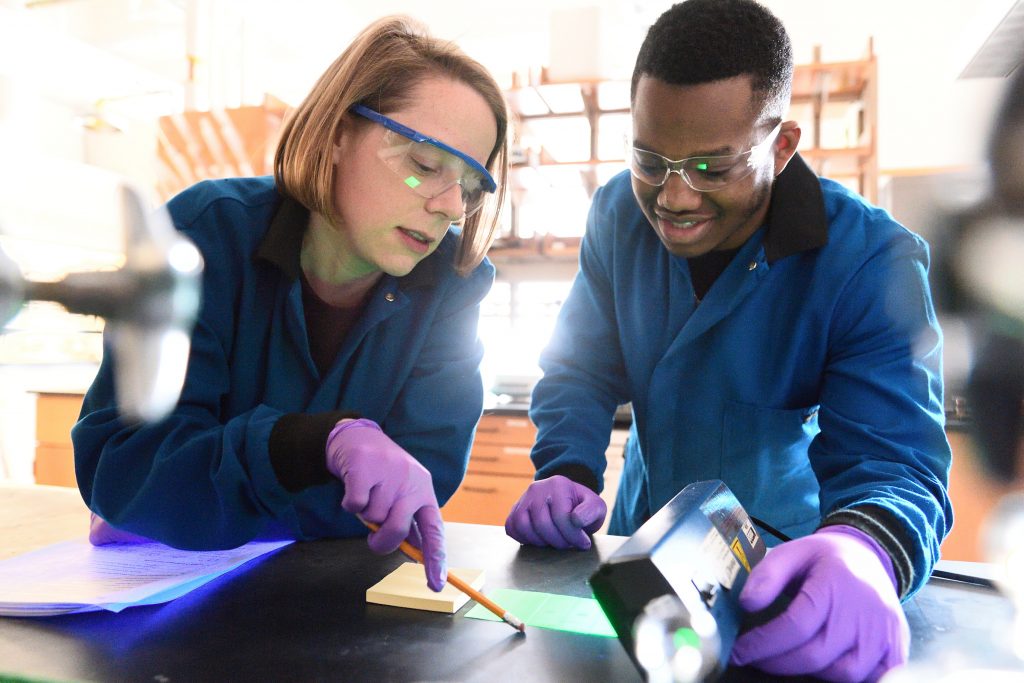
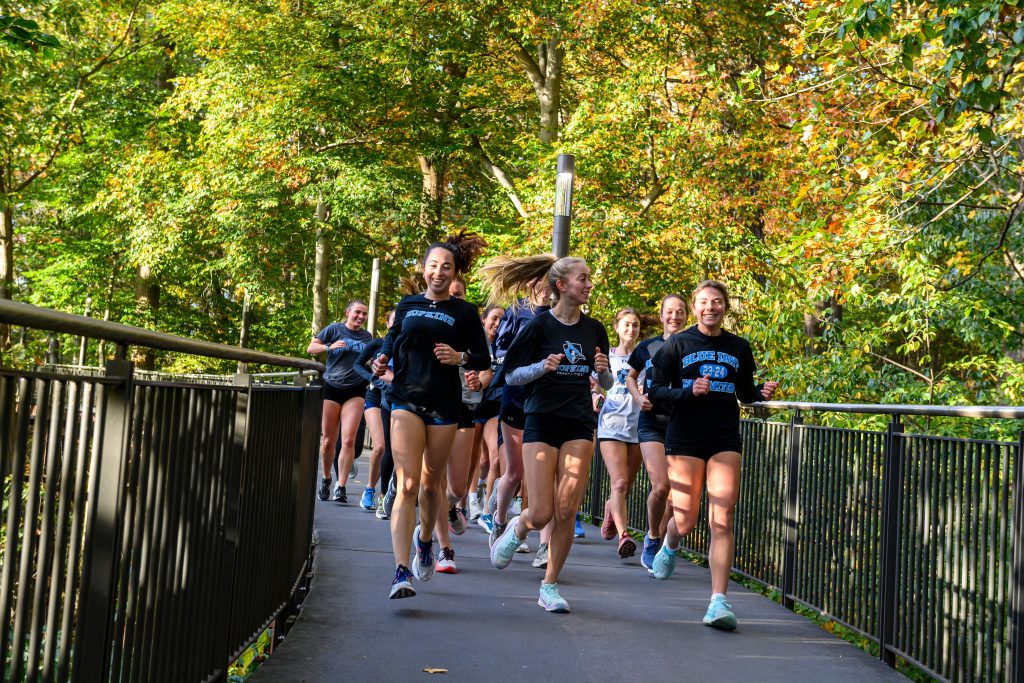

Composition & Creativity
Frame subjects with leading lines and capture a variety of perspectives and angles to provide depth and interest in visual storytelling.



Brand Consistency
Incorporate branded elements such as signage, campus landmarks, clothing, and merchandise subtly and naturally within the frame while ensuring that those elements meet brand guidelines.


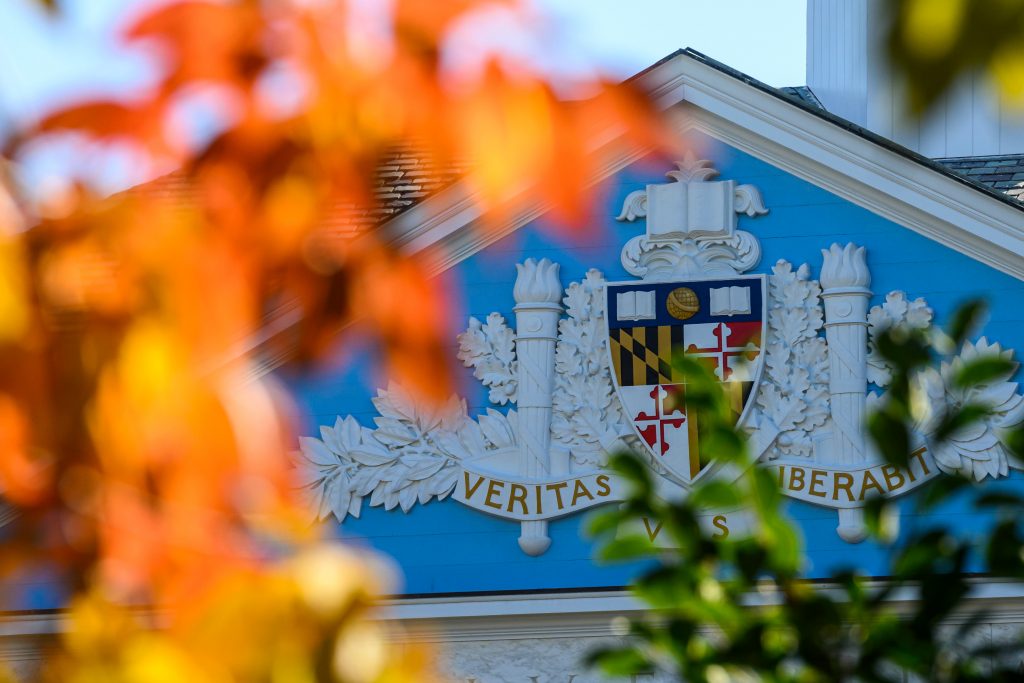
Inclusivity
Represent the diverse demographics of the university community in photography and video. Respect cultural sensitivities and avoid stereotypes or misrepresentations.


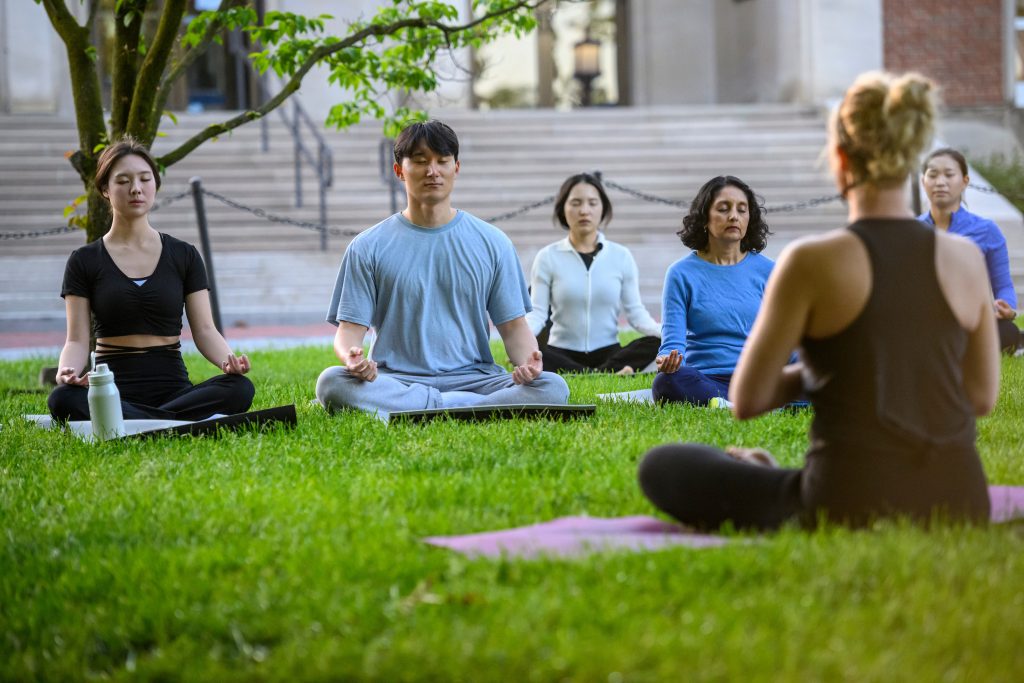
A Note on Our University Photographer
Our university photographer captures brand imagery tailored for official university materials and digital communications. To ensure optimal use of resources, photo requests must be directly related to promotion of the university’s overarching mission, messaging, and brand, as determined by the Office of University Communications.
Photography Guidelines
For public-facing marketing and promotional content, use high-resolution photography equipment to capture images with clarity and detail. Alternatively, consult a professional photographer—we’re happy to provide freelancer recommendations.
For social media content, capture candid moments using handheld devices like phones and tablets or, for added authenticity, allow your subjects to photograph themselves (yes, a selfie).
Photo Library
The university has a large collection of images representing nearly every facet of the Johns Hopkins community. Access our public-facing collection at jhu.edu/photolibrary.
University communications and marketing professionals may gain access to a larger, searchable collection of imagery by sending a request to [email protected] with the subject line “Photoshelter Access.” These collections feature an AI search function you can use to find and download a wide spectrum of imagery specific to your communications needs.
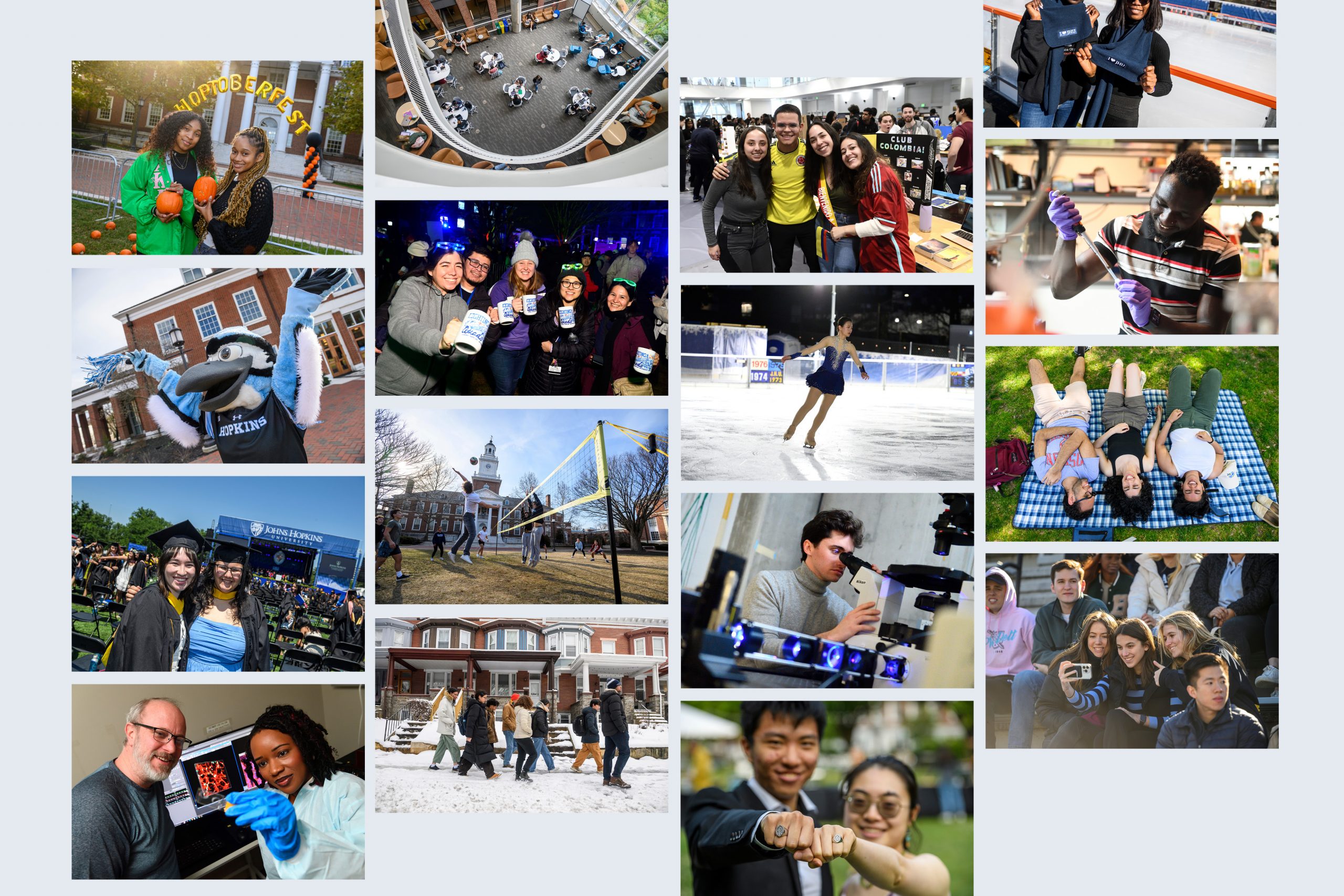
Videography Guidelines
High-quality video is one of the most powerful tools for telling the Johns Hopkins brand story. Creative, professionally crafted videos cultivate a polished image and lend credibility to our brand messaging. Organic, authentic social media videos or clips help us add authenticity to brand messaging and foster a vibrant online community.

Storytelling
Whether long or short, a compelling video always tells a story. For best results, define your audiences and goals, then decide the best ways to communicate information concisely. Think about how the video will be used, where it will play, and what actions you want the viewer to take.

Messaging
Inspire viewers with stories of student achievements, faculty accomplishments, and the university’s impact on the community and society. Infuse videos with enthusiasm and energy to engage viewers and convey the excitement of learning, discovery, and innovation happening at the university. Highlight the collaborative nature of the university community and its commitment to working together towards shared goals and objectives.

Accessibility
Make sure videos are accessible to all audiences by providing captions, audio descriptions, and other accessibility features as needed or required by law.
Video Library
University Communications houses a curated collection of video content from Johns Hopkins University that is available to communications professionals working with internal or freelance video producers. Access the collection at jhu.edu/videolibrary.
Assets
The Johns Hopkins logo must appear at the beginning and end of all official university videos. Division logos may be used instead of the university logo when the content is unrelated to overarching university messaging.

Motion Graphics 
Maintain a consistent look and feel for video by using the official JHU motion graphics including templates for lower thirds, branded intro and live-event open.
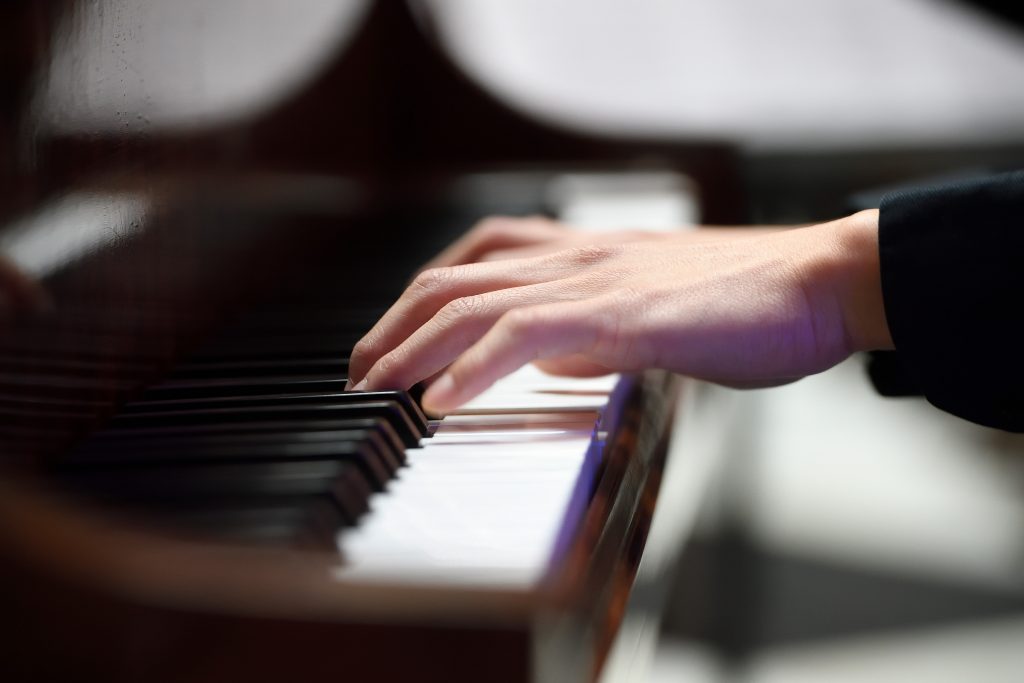
Music & Sound 
The university’s sound identity package (listen here!) features more than a dozen custom-composed music tracks to be used in videos that carry the JHU brand. The university’s mnemonic, a six-note series of tones, should play at the end of each video when the university logo appears.
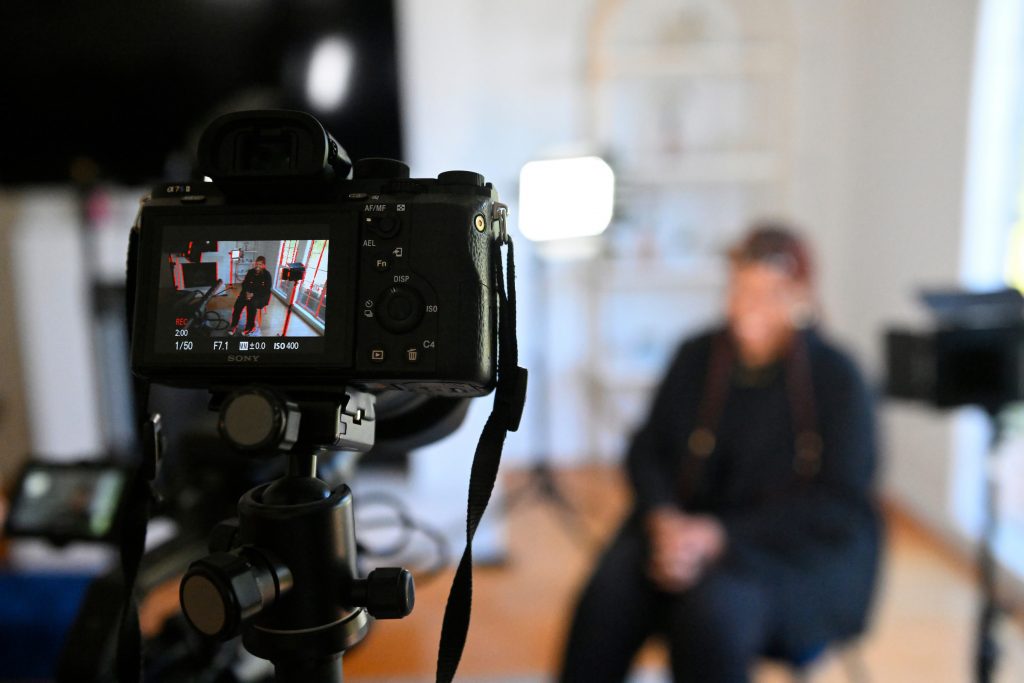
Video Brief 
A creative brief can help you identify strategic needs and consider real-world obstacles like budget and deadlines.
Aerial Imagery and Drone Flights
A large collection of curated aerial imagery of Johns Hopkins campuses is available at jhu.edu/videolibrary. Drone flights by JHU students, staff, faculty, or third-party vendors over Johns Hopkins campuses or facilities must be conducted by FAA-licensed UAS pilots and approved in advance by the Johns Hopkins Drone Committee. The Fly at JHU website contains full details on registration and approval requirements.
Permissions & Releases
The Johns Hopkins University Photography and Film Rights policy provides a blanket release allowing the use of photos and videos of students, staff, and faculty in marketing, promotional, or editorial materials.
- JHU Release Form: Based on JHU policy, individual release forms are rarely required. If needed, a form approved by our legal counsel is available here.
- Informational Signage: As a courtesy to non-Hopkins guests and visitors, informational signs about the photography and film policy may be placed at the entrances to public events. A customizable template is also available.
- A/V Materials Information & Release Form: When using content created by a student, staff, or faculty member (such as social media posts or other original work) use the audiovisual materials release to obtain legal permission to use the material.
- Content Licensing Agreement: To be used when an external party wishes to license photo, video, or other JHU content for publication.
- Campus Video or Photo Shoot Request: This form is intended for news media outlets, production companies, and other external organizations seeking permission to film or photograph on a Johns Hopkins University campus or other Johns Hopkins-owned or operated location or event.